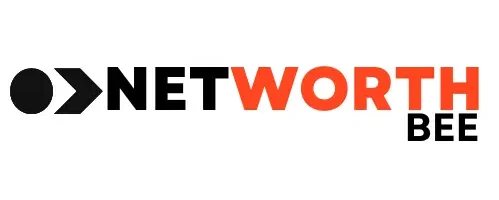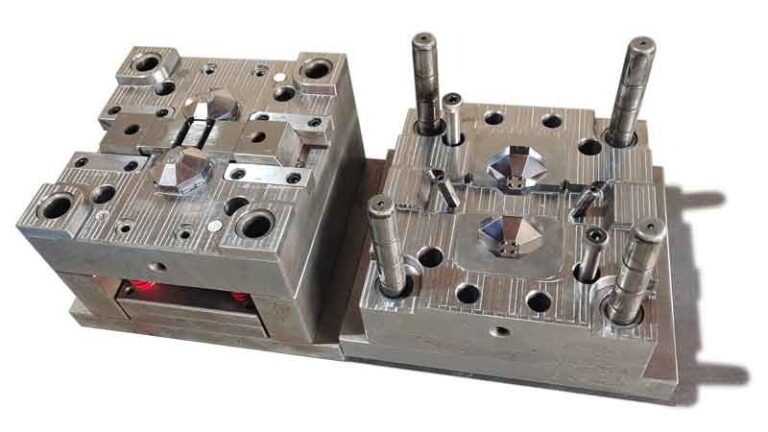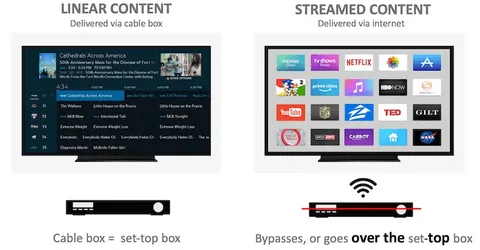The way businesses manage their sources and purchases is being rewritten under procurement transformation. As technology progresses rapidly, more institutions are resorting to innovative solutions to streamline procurement functions, decrease control, and ultimately boost operational efficiency. The integration of procure-to-pay (P2P) software, automating and maximising the entire procurement process, from requisition to payment, is a critical component of this transformation. In the following article, we will venture into how procurement transformation is taking the business growth at hand, improving process efficiency, and making the breakthrough of the traditional procurement approach.
1. Understanding procurement transformation
The strategic redesign and modernization of an organization’s procurement function to make it more efficient, transparent and aligned to business objectives is procurement transformation. Procurement departments have traditionally run on manual processes, fragmented systems and paper-based workflows. But, in this digital age, these outdated ways become a hindrance to productivity and lead to errors, delays and higher operational cost.
On the other hand, the current approach to procurement aims at integrating technology, data analytics, and automation in order to increase efficiency, communication with suppliers and the decision-making process. This transformation helps improve the overall strategy of the procurement function, thus helping the companies make legally compliant and appropriate purchases while managing risks.
2. Role of procure-to-pay (P2P) software in transformation
Procure to Pay (P2P) software provides a critical enabler to procurement transformation by automating and simplifying every step of the procurement process. P2P software makes sure that products and services are requisitioned, vendor invoices and payments are smoothly managed and that there is smooth integration of departments and systems within an organisation. P2P software automates manual tasks, which helps reduce the probability of errors, eliminate unnecessary paperwork and speed up the procurement cycle.
P2P software provides one of the main benefits, which is the ability to centralize data, helping procurement teams to track spending, monitor supplier performance, and verify the adherence of contracts and policies. It offers real time information on purchasing activities that enables businesses to take data-based decisions and optimize procurement strategies.
3. Streamlining procurement workflows with P2P software
Procure-to-pay (P2P) software has the immense benefit of integrating the various steps of procurement workflow. For example, in an environment where an employee wants to initiate a requisition, it would automatically route to the approver as specified by the business rules defined on the P2P system. When this is approved, the system sends a purchase order immediately to the supplier. This seamless workflow ensures consistency, eliminates the chances for any errors throughout the entire process, and accelerates the procurement cycles with minimum delays.
P2P software, in addition to workflow automation, typically includes powerful analytics tools that monitor critical metrics, including supplier performance, on-time delivery and spending trends. Such insights provide procurement teams with ability to identify where cost can be saved, maximize relationships with suppliers, and negotiate better contracts. Through this data driven approach, businesses can make better informed business decisions that drive long term value, increase operational efficiency, and build stronger, more reliable supplier partnerships.
4. Enhancing supplier collaboration and compliance
Improving supplier relationships is a key goal of procurement transformation. P2P software enables a business to communicate, exchange and track orders with its suppliers in a collaborative environment which is shared by both the suppliers and the company. This allows suppliers to use the same system to receive purchase orders, submit invoices and see the status of payments, bringing down communications lags and providing more transparency.
P2P software also enables companies to keep to procurement policies, contract terms and regulatory requirements. Since the processes transition to someone else, the system can alert those managing the processes (procurement managers) to departures from standard procedures, such as unauthorised purchases or late invoices, which can head off potential problems before they become ingrained. P2P software also assists businesses in availing of a clear audit trail of all procurement activities and avoiding compliance risks as well as fraud.
5. Cost reduction and efficiency gains
P2P software fuelled by IT can enable procurement transformation that enables significant cost savings and operational efficiencies. Automation of routine tasks also helps to decrease labour requirements, therefore lowering operational costs, as well as making resources available for more strategic activities. Streamlined workflows lead to a faster procurement cycle with quicker turnaround times and improved cash flow management.
P2P software also increases visibility into spending, which procurement teams can use to ferret out cost-saving opportunities. When analysing purchasing data, businesses can see trends like overcharging for other things, buying from multiple suppliers when they can consolidate, or even skipping out on bulk discounts. With this information, organisations are equipped to renegotiate contracts, consolidate orders, and negotiate more favourable pricing terms with suppliers.
6. Future trends in procurement transformation
Businesses continue to lean into procurement transformation, and technology is becoming an increasingly integral part of procurement strategies. Artificial Intelligence (AI), Machine Learning and Blockchain are giving curative advanced tools to shape procurement processes. For instance, Procure-to-Pay (P2P) software powered by AI enables you to analyse historical data to come up with the best purchasing decision, predict future demand and assess supplier risk. Additionally, machine learning algorithms perform even better by improving supplier selection and refining forecasting accuracy, thus minimising stockouts. Blockchain also brings transparent and secure transaction record-keeping, thus minimising the risks of fraud.
Enhanced collaboration across departments such as finance and operations alongside procurement will also be key to procurement transformation in the future. Now more commonly integrated with ERP systems and linked with P2P software, seamless data exchange is the norm and procurement is aligned with business goals. It allows businesses to achieve maximum supply chain value with a standard approach to compliance, streamlined costs, and improved supplier relationships.
Conclusion
Procurement transformation is essential for achieving operational excellence in today’s rapidly evolving business landscape. Organizations have adopted such innovative technologies like procure to pay software to streamline procurement processes, promote collaboration with suppliers, and achieve savings, allowing business more informed, data driven decisions which drive business growth. While the use of P2P software is growing, businesses that improve procurement will be better prepared to deal with competitive threats, mitigate risk, and succeed in a more digital world. As far as looking ahead, technological advancements and the introduction of new solutions will continue to be key drivers of efficiency, transparency and value in procurement transformation in all industries, transforming how organisations manage their supply chains and, ultimately, how this impacts their business as a whole.
READ MORE : https://networthbee.com/






